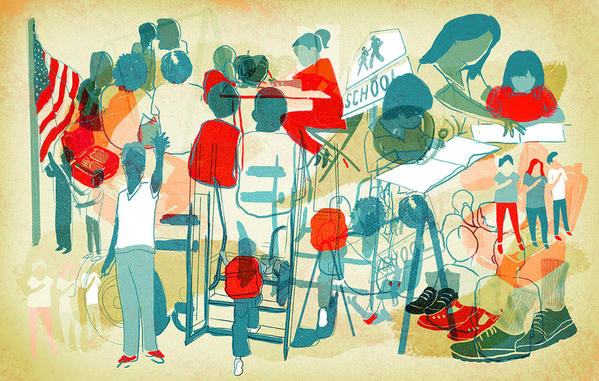A few years ago, a good friend and I were walking near downtown Philadelphia, not far from my old elementary school, Thomas C. Durham, on 16th and Lombard. The school was built on the edge of a black neighborhood in South Philly in the early 1900s, and its design earned it a spot on the National Register of Historic Places when I was in the third grade. I nudged my friend to take a quick detour with me.
Standing before the old, brown brick building, I had that vaguely bewildering feeling of considering one's elementary school through adult eyes. This place that loomed large in my memory, where I learned to love reading in Ms. Curtis' class and where I sent my first email in computer lab on a white Apple IIGS with a blue screen, seemed really damn small.
But memory was the only place that Durham — my Durham — still existed. The school had closed its doors in the late 1990s because of the city's crushing budget problems, and was later swept up in a wave of charter-ization that took over Philly after I graduated. The old Durham building now housed something called the Independence Charter School. My middle school, George C. Thomas in deeper South Philly, has undergone a similar conversion. They were part of a larger trend: In the past three years alone, Philadelphia has shuttered over 30 of its public schools. And because of the makeup of Philly's public school system, most of the students affected by all this upheaval have been less-resourced children of color.
[For more of this story, written by Gene Demby, go to http://www.npr.org/sections/co...ood-school-goes-away]




Comments (0)